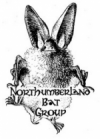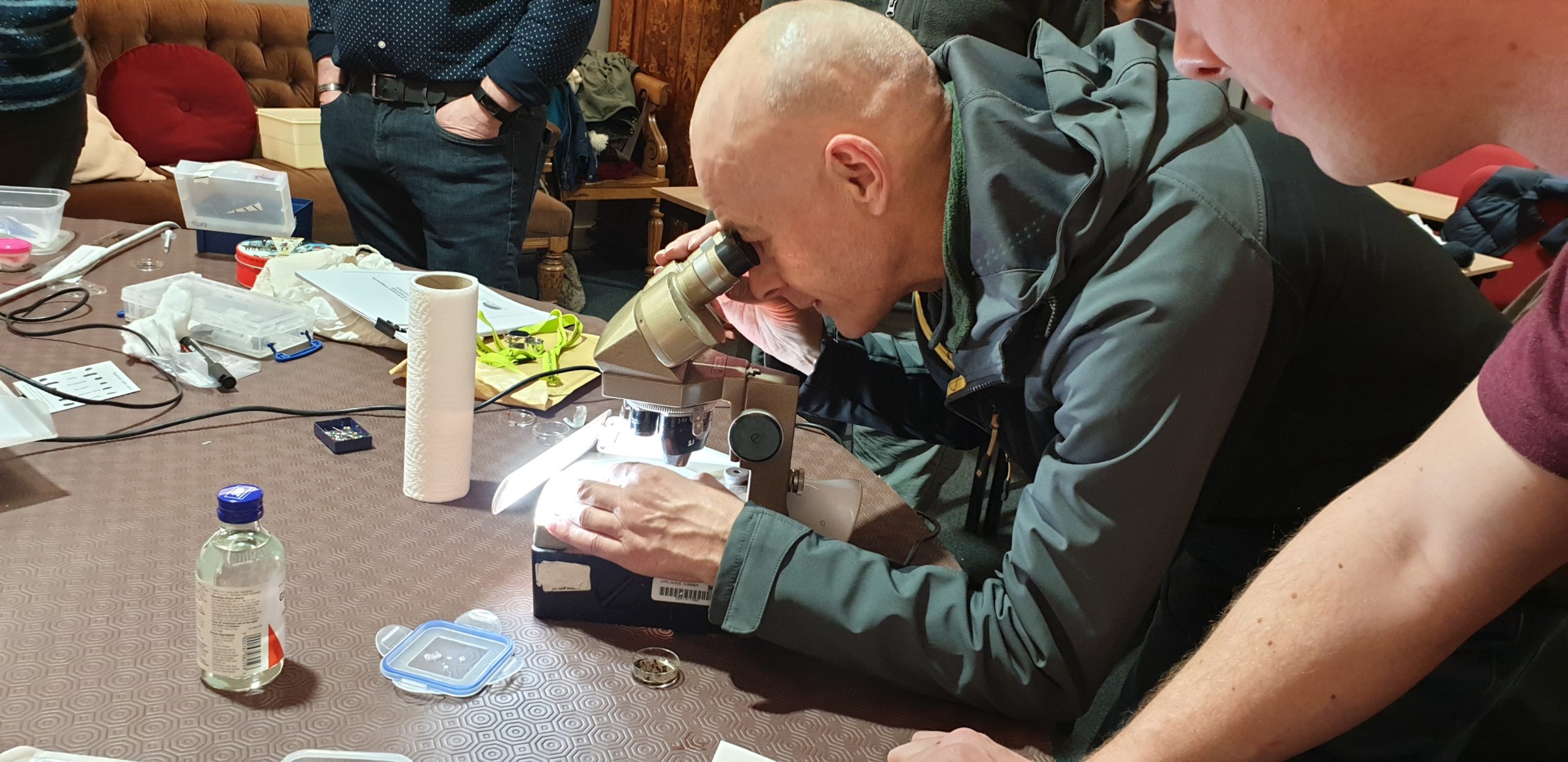Text and photos by Hazel Makepeace – workshop held on 30th January 2020 in the NHSN Council Room.
Who thought looking at bat poo could be so much fun!
As a follow on to the ‘Who’s Poo is That?’ workshop and after attending a kick sampling event in the River Coquet, where larvae and nymphs were analysed and identified with the use of a microscope, I felt inspired and enthused to try analysing bat droppings.
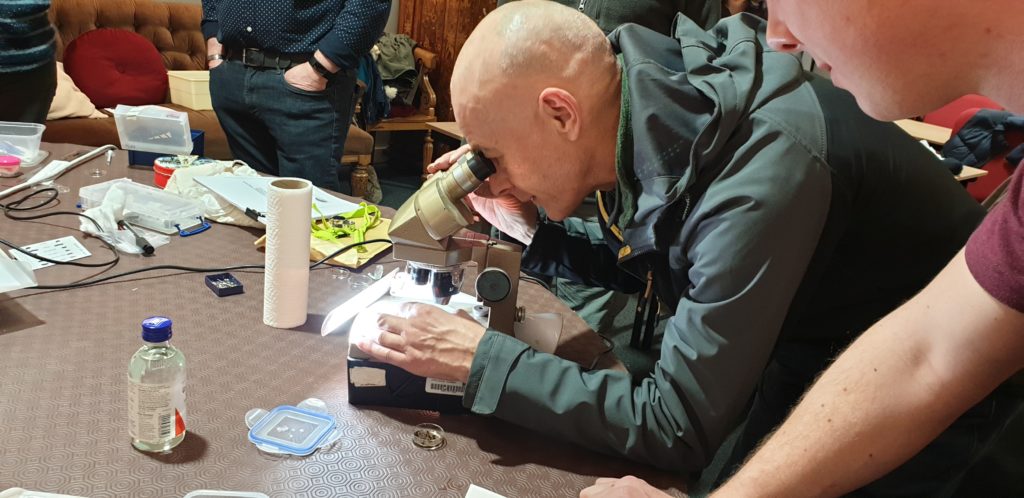
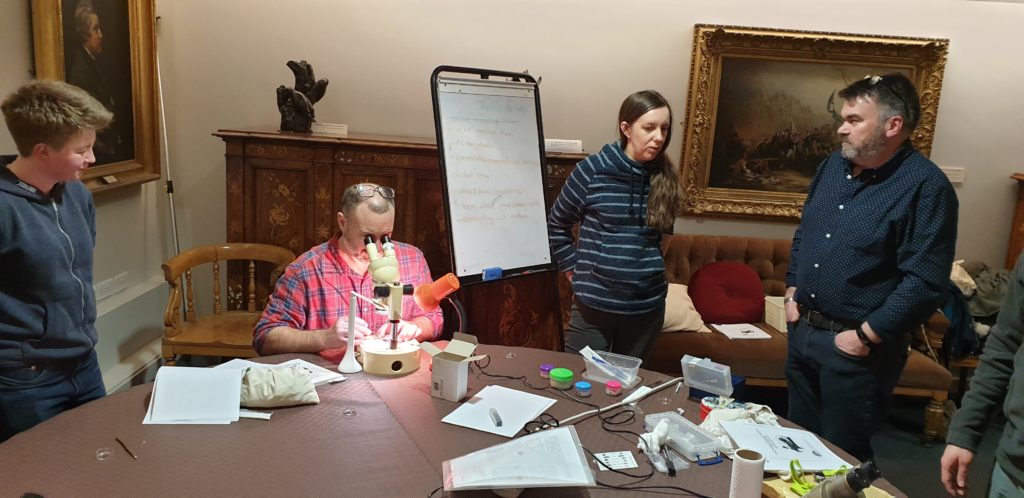
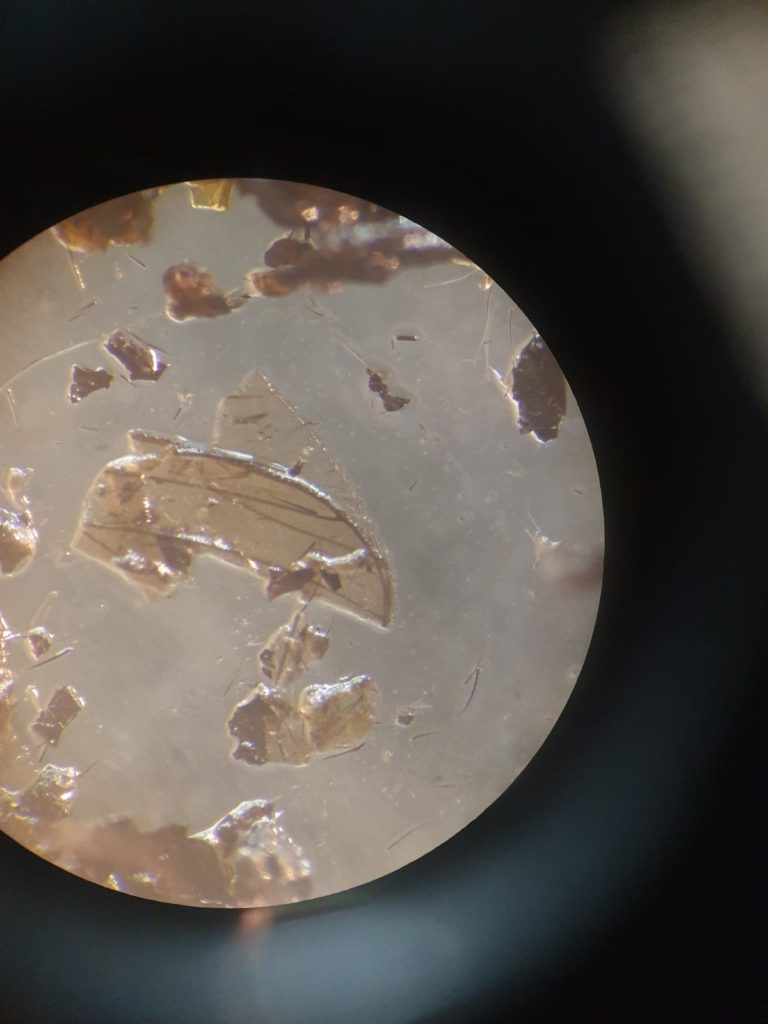
Several excellent images were taken through the microscope which enabled us to share with more expert eyes –wing case is from a beetle found in a Noctule (Nyctalus noctula) dropping and the compound eyes are from a fly taken from a Common pipistrelle (Pipistrellus pipistrellus) dropping.
A huge ‘thankyou’ to Natural History Society of Northumbria for use of the Council Room, Gordon Port for organising the microscopes and Les Jessop for sourcing the publication. Also thanks to Mandy Tomas and Cara for providing petri dishes and other very useful tips and advice.
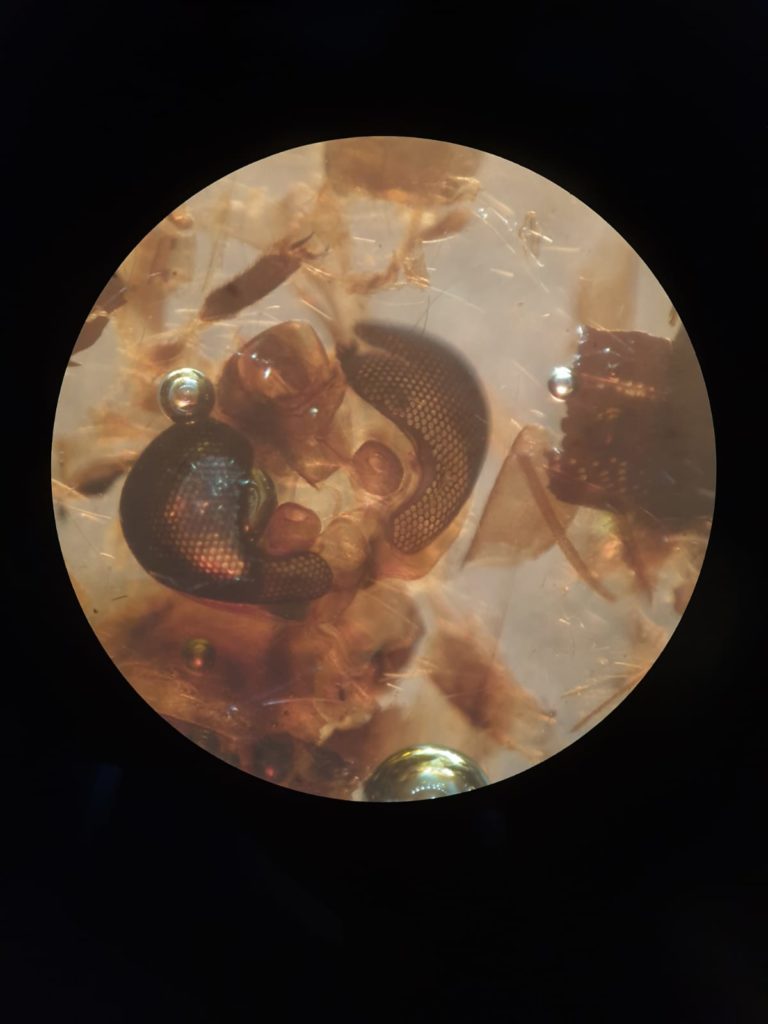
Share this post!
